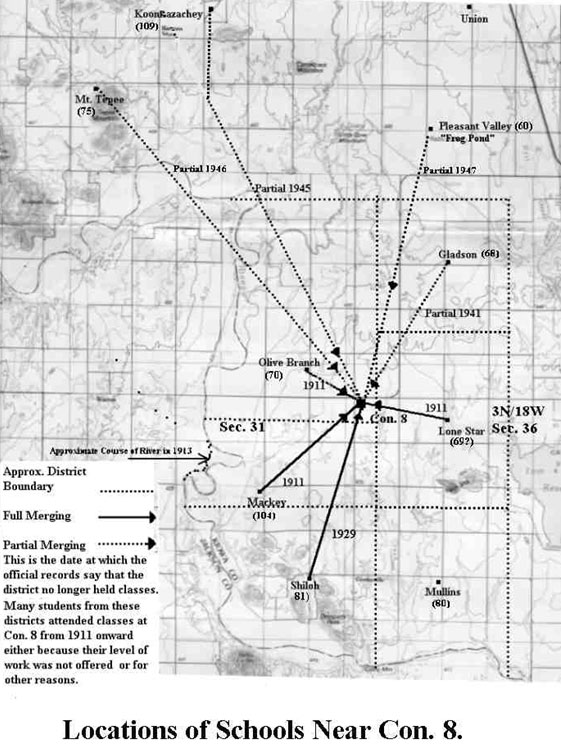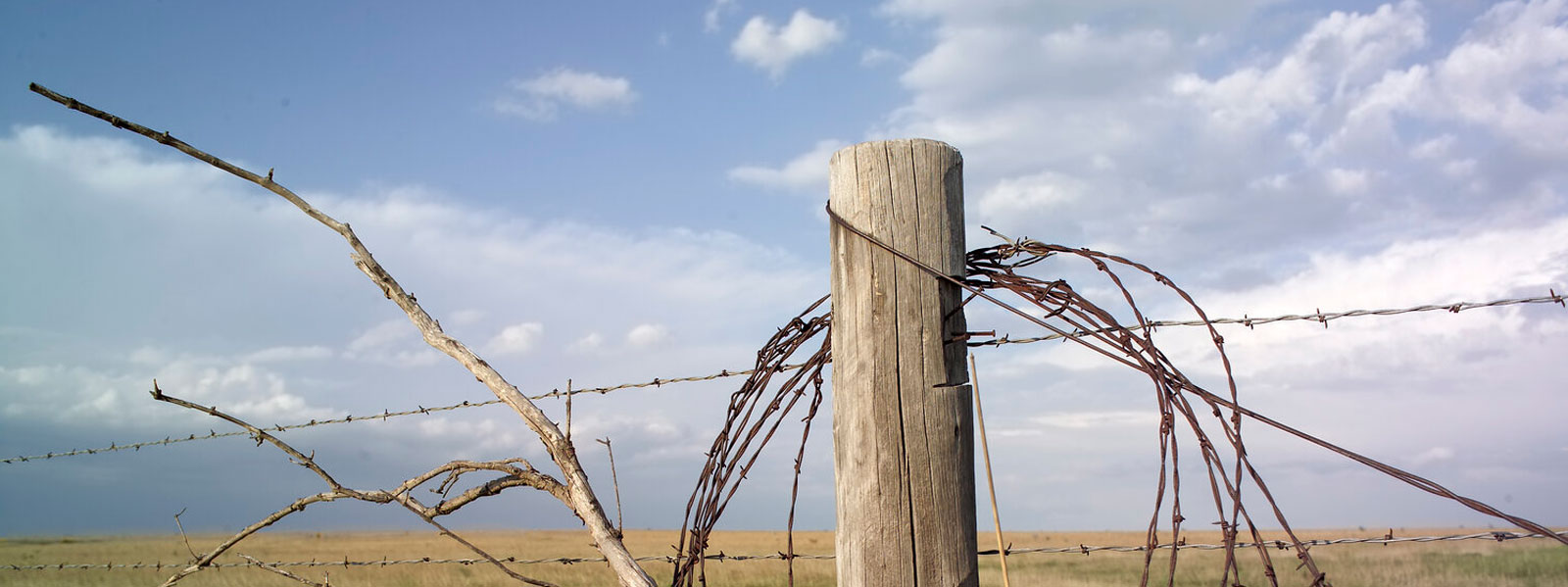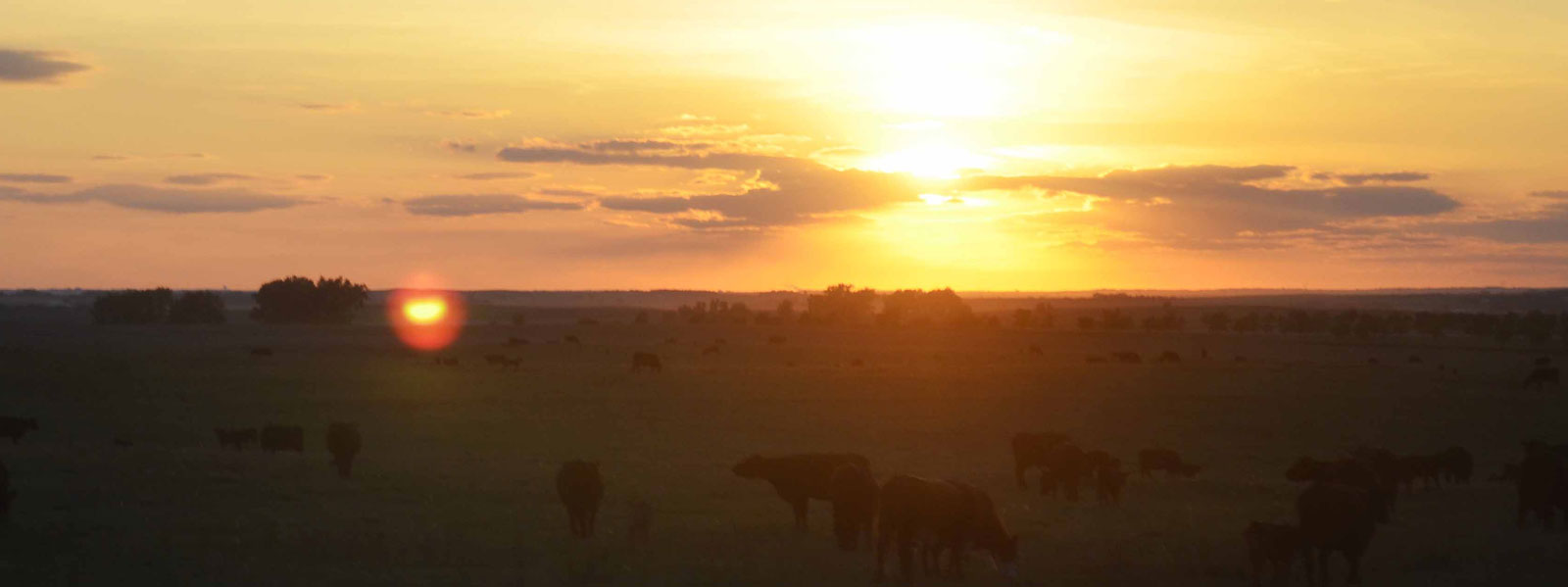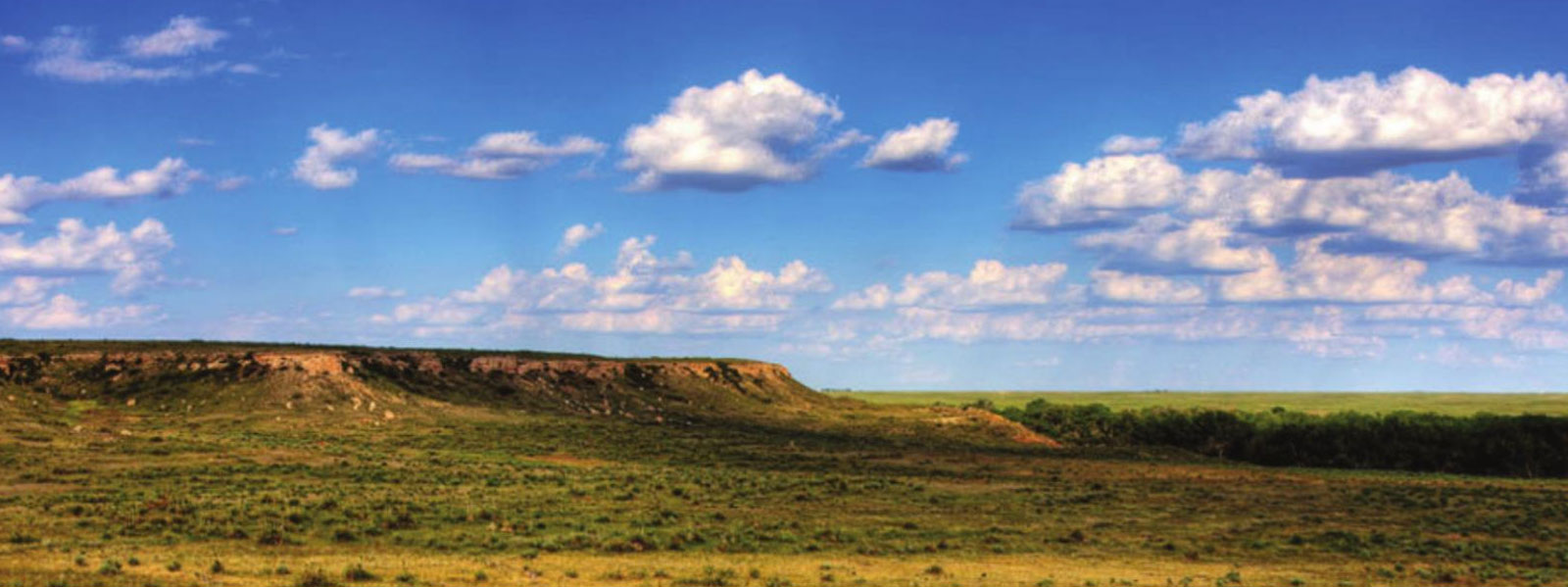The Initial District Schools in Southwest Kiowa County
School districts, usually about 3 miles square but shaped to fit the local topography, began to be organized immediately after the August 1901 opening of the land to white settlement. It is known that during 1901-02, ninety-four districts were organized in Kiowa County; but also, that many did not operate classes for several years and sometimes did not have a building for even longer. (In 1901-02 only 44 of the 94 had school that year and only 28 built buildings.) By end of the 1902-03 school year, 106 districts had been organized. Between 1903 and 1907, four more were organized bringing the total to 110. This was the largest number of districts ever existing simultaneously. From 1907 to 1912 some were removed by consolidation and annexation; but the largest single effect was the loss of about a dozen districts when Hunter political township consisting of the strip of 1N survey townships on the southern edge of the county were transferred to Tillman County in 1911. The criterion used in these accountings of the district formation is merely that each district has a legal existence. The date of legal formation can be provisionally inferred from the original district number. But there are reservations. If it is less than 94, then it is a reasonable inference that it was organized in 1901-02 except for the consolidated schools in which case it appears to me that numbers were reassigned, in order to provide low numbers for these.
To date, the only real information I have about when classes were first held in a district and where they were held has come from personal accounts I have found. Before the district operated a school, the students were sometimes served by subscription schools such as the one operated by Mrs. Penn in 1901-2 in her home and then briefly in the newly completed Olive Branch school house. Sometimes the district operated a school but used a private home or even, in one case I know of, a chicken house. Another solution was to transfer students to neighboring districts further along in their development. The date of district formation listed in this compilation of notes for the several schools is based in all cases but one upon what I believe to be the original district number. In the territorial years the school terms were usually very short, three to four months. In the first year of statehood (1907-08) the range was three months to nine months, averaging about six months. Four districts had four-month terms that year and ten had five-month terms. The short terms aided in recruiting teachers, as it was possible to operate a farm as well as teach if the school was nearby. When the shorter terms were used, it was common to start the term in November or even December. It appears that the first year of operation of Con. 8 in 1911, the school year started in December; but that was probably a month later than normal because of the loss of the new building by fire the previous month necessitating relocation of one or all three of the one-room schoolhouses at the new site. An early November starting date probably allowed a six-to-seven month term. Shortly after World War I, all rural districts had eight-or-nine-month terms.
The Eight Initial Districts and Their Fate
Lone Star, Olive Branch and Mackey were consolidated to form Con. 8 in 1911. All of the Shiloh district joined Con. 8 in 1930 and probably all of the students above sixth grade attended Con. 8 for the 1929-30 school year. Four other schools Gladson, Pleasant Valley (No. 60 aka “Frog Pond”), Koonkazachey, and Mt. Tepee were the source of students in the higher grades especially after 1929, and parts of these districts were annexed into Con. 8 in the forties. This involvement of students from adjacent districts is a complex process not adequately documented in official records that I know how to find.
As the population diminished, these surrounding schools offered instruction through fewer grades, and when the older children in the family reached the limit of classes available in their district, they transferred to the closest school which offered that work and usually the younger children transferred as well. I also have examples of students, especially on the fringes of districts bordering Con. 8 at the time who transferred while their district school still offered work at the highest level of any child in the family. It would be interesting to have some idea of the legal factors involved in transferring, tuition requirements, and the factors leading to these transfers. The legal annexation of the districts by other districts usually occurred several years after all classes ceased, all of the students having been transferred to neighboring districts for that time. One can sense, just from these sparse and bare records, the reluctance of the residents to close their local schools, and their hope that the transfer of all students for a period of time will be just a temporary expediency.
I was surprised to find there were eight schools involved over the years. On sharing that with some Con. 8 graduates of the late forties and early fifties, two of them said “Of course that’s why it was called Con. 8”. That is a neat idea, but it was called Con. 8 when it first opened for classes in 1911. The founders had great foresight, but it seems more likely that someone noticed this after it had become virtually true in the late forties, and very perceptively suggested that Con. 8 was an apt name.

Sources
1. Pioneering in Kiowa County, v 2, pg 259. Meredith (Penn) Agnew the daughter of George F. Penn has made numerous very informative contributions to PKC. This is her account of the earliest days of Con. 8 with a number excellent pictures including the one of the wooden building dated in the caption as 1912-1929.
2. Pioneering in Kiowa County, v 2, pg 260. The editor of this volume perceptively included just after Mrs. Agnew’s, a contribution from Don A. Hoover titled A “Busing Incident”. Mr. Hoover who had previously attended Mackey just a half mile from their farm, writes about the first year of busing to a three room consolidated school six miles away which he does not name. He gives the year as 1911. The school of course must be Con. 8. It provides interesting anecdotal evidence of early conditions.
3. Pioneering in Kiowa County, v 2, pg 256. This is a description of the Mullins school submitted by Irene (Sockwell) Jones and Reuben Dempsey. None of the old Mullins district was ever annexed into Con. 8, however the materials from the last schoolhouse at Mullins was reincarnated as the new Home of W.P. Dempsey in the Con. 8 district in 1929. Also, from 1921 till 1929, the schoolhouse at Mullins was the central school of Unified District No. 10, and all the students above sixth grade attended classes there, so that many Con. 8 students after 1929 had attended classes at the Mullins site.
4. Pioneering in Kiowa County, v 3, pg 224: A brief note by V. H. (Dick) Culvahouse generally about his memories of the Community from the twenties to the eighties. Two related stories by V.H. in this volume are listed next. Sybil Culvahouse was a facilitator for all of these.
5. Pioneering in Kiowa County, v 3, pg 218: Memories of V.H.C. about Centerville (in the old Shiloh Community) from 1916-1929.
6. Pioneering in Kiowa County, v 3, pg 218: V.H.C.’s Memories of a mysterious recluse named Ab or Abb Fisk who intrigued all of the Shiloh Community in the twenties.
7. Pioneering in Kiowa County, v 3, pg 41. Another contribution by George F. Penn’s daughter Meredith Penn Agnew. This one has a drawing of the magnificent old Penn house three quarters of a mile north of the “Con. 8 Gin Corner.”, the quarter section on which the Olive Branch School was located. This story contributes a great deal of general background for life in that part Kiowa County in the period from 1901 to the twenties, the time in which Mr. Penn played an important role in the development of what we now call the Con. 8 community.
8. Pioneering in Kiowa County, v 3, pg 131 This is another contribution by Meredith Penn Agnew in this volume: which is titled George F. Penn but is really a story about a black family living on the North Fork of Red about a millionth of present highway 19 and of one of those spectacular floods that changed the course of the river and eliminated a forty-acre piece of arable land in the process.
9. Pioneering in Kiowa County, v 6, pgs 39-93. This, the remainder of Chapter III, is a very extensive and interesting collection of stories and pictures relating to the individual schools. The schools are arranged in alphabetical order. (However remember some schools have several names). Some will find all of these of interest. I have just listed as separate references those which I have used explicitly.
10. Pioneering in Kiowa County, v 6, pg 44. Consolidated 8: This is another contribution by Velma (Sims) McFarland. It contains some of the material in the earlier versions, and additional material. The picture following her article is labeled Con. 8. School house. It is different from the wooden building shown in reference 6. I thought for a while we had a picture of that Con. 8 school house that burned in 1911 before it was used. However the car shown in the front of the building is certainly of later than 1918 vintage. Comparison with the picture of the Mullins school PKC-6, p 80 and Memories of old Mullins people suggest strongly that is a later (about 1925-28) picture of the Mullins school house, which has been misidentified or misplaced in the editing. The editors have done a wonderful job dealing with large amounts of complex material, but there is also another transposition of Mullins pictures, three of the four class pictures for Snyder in this volume are pictures of Mullins classes.
11. Pioneering in Kiowa County, v 6, pg 234. Mrs. J.B. (Marie Manchester) Willis relates her early day experiences from 1910 forewarn a homestead in the Con. 8 district and next to the twin mountains. There are references to young Mark McFarland whose father homesteaded next to the Manchester’s. Very interesting experiences with respect to claims. Her mother homesteaded one of her own before she married Marie’s father. Hers had been relinquished or abandoned and was available for homesteading. She relates a story about attending Con. 8 in the early twenties.
12. Pioneering in Kiowa County, v 3, pg 139. An article about the J.C. Scurlock Family. John Calvin Scurlock married Mary Marie (Molly) Thompson in 1897 and did not settle in the community until 1911 when he and an uncle, Ed Gunn, purchased a quarter section on the correction line which they divided. This was purchased at a school land sale in Lawton. J.C. served on school boards in the area, but which when is not clear. He would have been a likely member of the school board at “Frog Pond”.
13. Con. 8 Yearbook for 1950. Edited by staff of Eva Jean Jackson, Sylvia Brewer, Elizabeth Heien, Charlotte Curtis, Truman McClure, Venita Battles with V. E. Woods Advisor.








